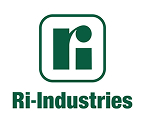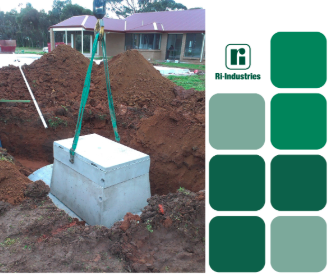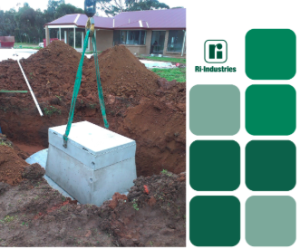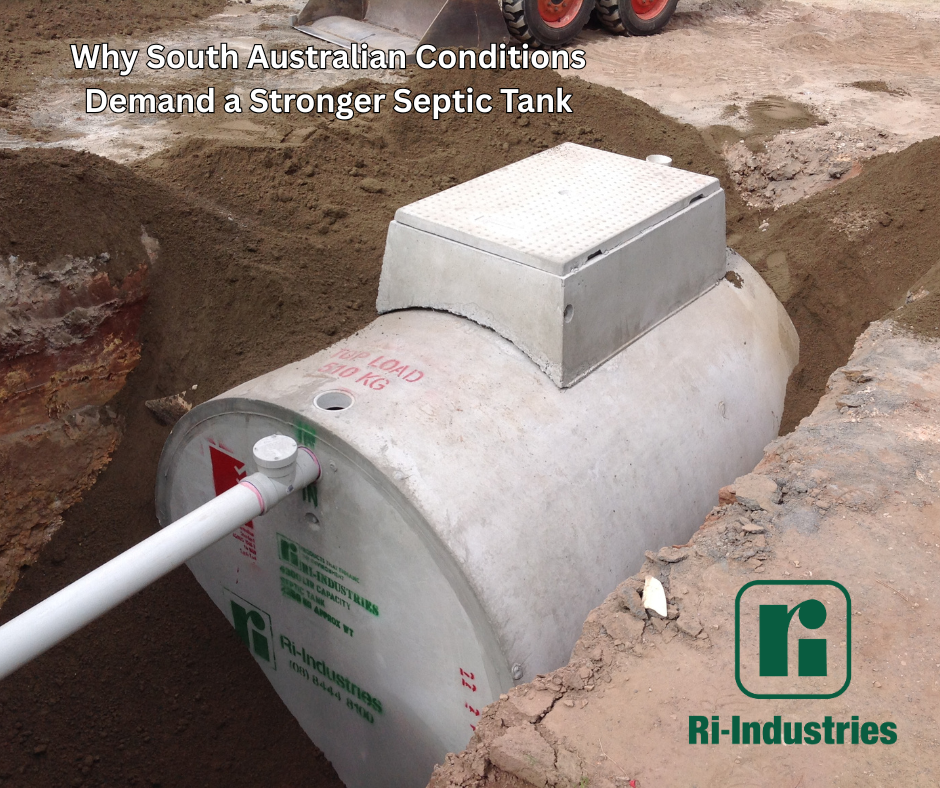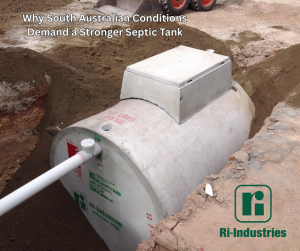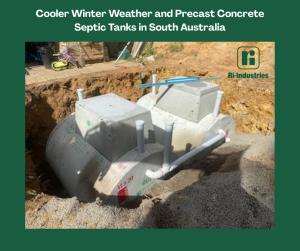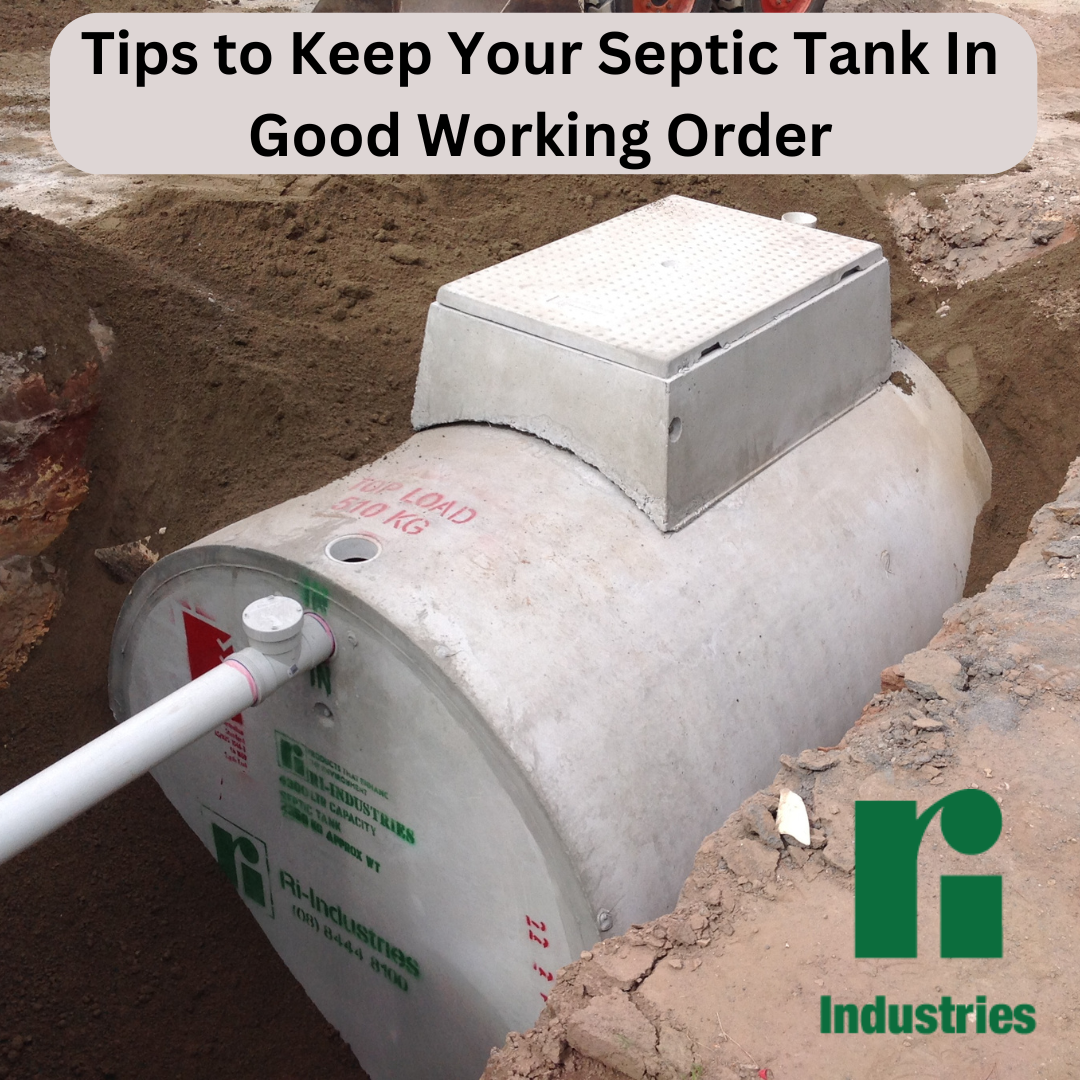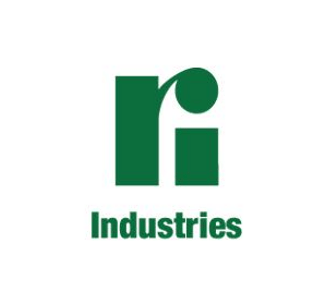When it comes to septic tanks, not all materials are created equal. Homeowners often ask us whether a plastic tank is “good enough,” or whether investing in a concrete tank is worth it. To help you make the best decision for your property, here’s a clear side-by-side comparison.
Strength and Durability
- Concrete: Built to last for decades. Reinforced with steel mesh, our concrete tanks can withstand soil pressure, heavy vehicles above, and the test of time.
- Plastic: Lightweight, but more prone to cracking, warping, or shifting under pressure, especially in South Australian soils.
Installation
- Concrete: Heavier and requires professional installation, but once in place, the tank is secure and stable.
- Plastic: Easier to move and install, but because it’s so light, plastic tanks are at risk of floating or shifting if groundwater levels rise.
Environmental Impact
- Concrete: Made from natural materials, concrete tanks are robust and environmentally safe, with no risk of chemical leaching.
- Plastic: While convenient, plastic tanks are petroleum-based and can break down over time, potentially impacting soil quality.
Longevity
- Concrete: With proper care, a concrete septic tank can last 50+ years, giving families long-term value.
- Plastic: Typically lasts 20–30 years, and may need earlier replacement depending on site conditions.
Cost
- Concrete: Higher upfront cost, but less risk of repairs or replacement in the long run.
- Plastic: Lower upfront cost, but potentially higher lifetime cost due to repairs or shorter lifespan.
The Bottom Line
Choosing the right septic tank isn’t just about today, it’s about protecting your property and avoiding costly headaches tomorrow.
At Ri-Industries, we’ve been building concrete septic tanks since 1947, and we’ve seen why they consistently outperform plastic alternatives in South Australia’s unique conditions.
If you’re weighing your options, consider what matters most: reliability, strength, and peace of mind. When it comes to septic tanks, concrete simply stands the test of time. Please call us with your questions or to learn more.
